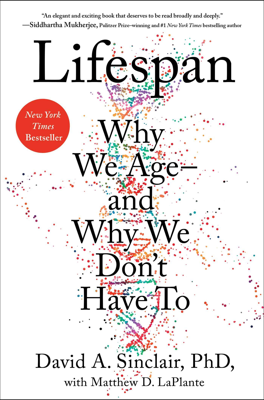The Demented Pianist
Human Genome and Aging
On April 15, 2003, it was announced that the human genome map was completed, but sections remained unresolved. Many scientists saw these gaps as comprising primarily "junk DNA," but as technology and genetic understanding progressed, researchers discovered that noncoding regions of the DNA are vital for numerous cellular processes affecting aging. The chapter discusses understanding gene function and the role of sequenced genomes in aging, emphasizing that while certain genes impact aging symptoms, no single "aging gene" exists because genes did not evolve to promote aging.
Yeast and Aging Research
The research path towards an Information Theory of Aging highlighted the importance of yeast, particularly the yeast species Saccharomyces cerevisiae. Scientists discovered that despite a billion years of evolution separating humans and yeast, certain cellular functions and genetic sequences remain remarkably similar, particularly those managing cellular repair and response to environmental stresses. Research revealed how repetitive DNA components in yeast, prone to damage and deterioration, play significant roles in the aging process. Experiments demonstrated that disrupting yeast’s genetic repeating regions, called extrachromosomal ribosomal DNA circles (ERCs), accelerates aging-like symptoms.
The Survival Circuit
Aging genes, like those found in yeast, are hypothesized to descend from ancient survival circuits—cellular systems that initially helped manage cellular stress but inadvertently now contribute to aging. These genes manage DNA integrity and cellular identity by maintaining the silence of specific genes necessary for youthfulness and cellular function. When these mechanisms falter due to genetic anomalies or external stressors like DNA damage, aging processes ensue.
Epigenetic Alterations and Aging
The direct link between epigenetic changes and aging was further explored using mouse models genetically engineered to simulate accelerated aging by increasing DNA damage, which, in turn, distracts cell maintenance mechanisms, leading to faster deterioration. This supports the Information Theory of Aging, suggesting that mismanagement of the 'epigenetic landscape' — a regulatory mechanism that keeps cellular function stable — leads to aging.
Research Correlations and Future Directions
Prominent studies involving organisms like the bowhead whale and naked mole rat, along with the immortal jellyfish, show varied aging processes and potential biological immortality, hinting at genetic and epigenetic factors that could inform human aging research. The chapter suggests that understanding and possibly replicating the biological mechanisms that allow these organisms to resist aging might pave the way for significant breakthroughs in extending human health and lifespan.
Conclusion: Implications and Ethical Questions
The profound discoveries in genetics, cellular biology, and particularly epigenetics, challenge us to rethink aging. They open pathways not only for extending life but also for potentially reversing aspects of aging. As science progresses toward manipulating fundamental life processes, ethical considerations about lifespan extension become increasingly critical to address.
